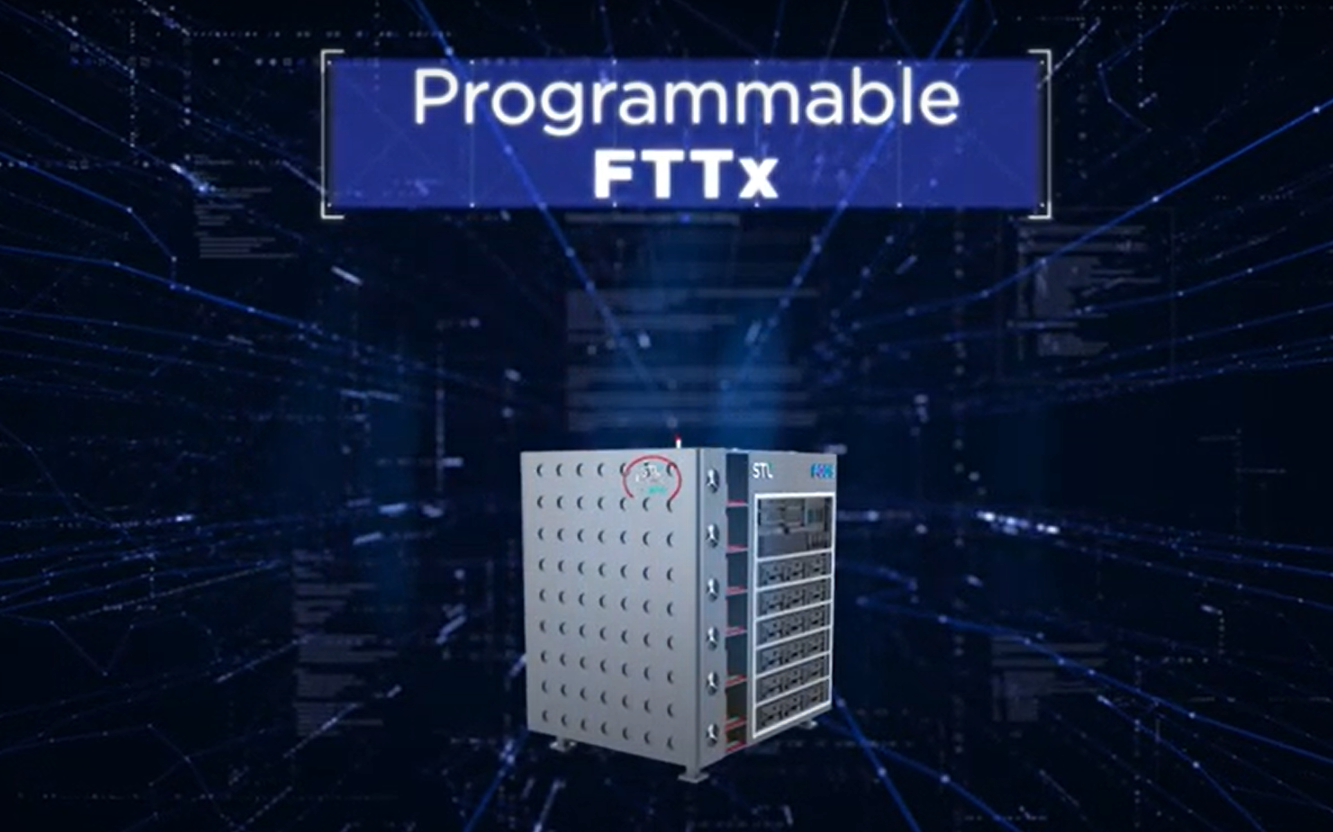We discuss the following topics in this blog:
- FTTx and its Key Features
- STL’s programmable FTTx: SDN NFV microservices oriented cloud-native network solution
In addition to these topics, we shall also be answering the following FAQs:
- What is WiFi?
- What is 5G NR?
Contents
Overview
Broadband has become a critical connectivity medium. It has become intertwined in everyday lives. The pandemic has increased emphasis on the need for fast and reliable internet. Even residential users requirement has gone up. Internet access has the capability to transform lives and industry.
What is FTTx?
FTTx is full form is Fibre to the x. It is a collective term that represents various deliveries of optical fibre categorized by the infrastructure deployed at the last mile. Variable x is for infrastructure deployed. Where B is for buildings, H is for Homes, P is for Premises, N is for Node and O is for offices etc. Whereas, pFTTx stands for Programmable FTTx. Here a software layer for intelligence is added to the existing monolithic FTTx.
What are the Key Features of pFTTx?
- Programmability in hardware and software to empower operators with better control.
- Open Ecosystem True vendor neutrality through API interfaces.
- Disaggregated hardware and software allows faster launch of new services.
- COTS deployment flexibility to procure and integrate network equipment.
- Zero-touch provision that keeps human intervention to minimum by automating regular functions.
STL’s pFTTx
STL’s programmable fttx is an SDN NFV microservices oriented cloud native network solution. This software solution is compliant to open community standards interfaces and reference designs and can also potentially integrate with third-party cloud applications AI frameworks and telemetry applications here are the five top features of pFTTx programmability across hardware and software for better control open ecosystem for true vendor neutrality disaggregation of hardware and software for up to 10 times faster launches cots deployment for faster time the market zero touch provisioning ZTP to automate functions.
pFTTx significantly reduces time to market for newer digital services. Helps initiate edge computing by disaggregating broadband networks and re-architecting central offices. pFTTx technology will help model broadband for the future. It will start connecting millions of people and devices seamlessly.
FAQs
What is WiFi?
Put simply, WiFi is a technology that uses radio waves to create a wireless network through which devices like mobile phones, computers, printers, etc., connect to the internet. A wireless router is needed to establish a WiFi hotspot that people in its vicinity may use to access internet services. You’re sure to have encountered such a WiFi hotspot in houses, offices, restaurants, etc.
To get a little more technical, WiFi works by enabling a Wireless Local Area Network or WLAN that allows devices connected to it to exchange signals with the internet via a router. The frequencies of these signals are either 2.4 GHz or 5 GHz bandwidths. These frequencies are much higher than those transmitted to or by radios, mobile phones, and televisions since WiFi signals need to carry significantly higher amounts of data. The networking standards are variants of 802.11, of which there are several (802.11a, 802.11b, 801.11g, etc.).
What is 5G NR?
5G typically refers to the fifth generation of wireless technology. NR, commonly known as New Radio, is a standard developed by the 3GPP Group (Release 15 being the first version introduced back in 2018) outlining the technology required to harness the newly-available millimeter-wave frequencies. The two frequency bands in which 5GNR operates are Frequency Range 1, i.e., Sub 6GHz band (410 MHz to 7125 MHz), and Frequency Range 2, i.e., millimeter-wave (24.25 to 52.6 GHz). Over 4G LTE, 5G NR provides better spectrum utilization, faster data rates, hardware efficiency, and improved signal processing.
From a deployment standpoint, we have Non-Standalone Mode(NSA), Dynamic Spectrum Sharing(DSS), and Standalone Mode (SA). The initial deployments of 5G NR are based on NSA standards, meaning the existing 4G LTE network will operate on the control plane, and 5G NR will be introduced to the user plane. This particular standard was introduced by 3GPP, keeping in mind the industry’s push to faster 5G services rollout while utilizing the existing 4G LTE infrastructure currently in place.
On the other hand, operators are also implementing Dynamic Spectrum Sharing (DSS) to accelerate the deployment cycle, reducing costs and improving spectrum utilization. In this standard, the same spectrum is shared between the 5G NR and 4G LTE, multiplexing over time per user demands. Lastly, we have the Standalone Mode (SA), which moves towards a complete 5G based network where both signaling and the information transfer are driven by a 5G cell.
In the future, 5G will enable new services, connect new industries and devices, empower new experiences, and much more, providing mission-critical services, enhanced mobile broadband, and various other things.
a) Enhanced mobile broadband (eMBB) Applications: High device connectivity, High mobile data rates, and Mobile AR & VR applications
b) Ultra-reliable, low-latency communications (uRLLC)Applications: Autonomous vehicles, Drones, Data monitoring, Smart mfg.
c) Massive machine-type communications (mMTC)Applications: Healthcare, Industry 4.0, Logistics, Environmental monitoring, Smart farming, Smart grids















